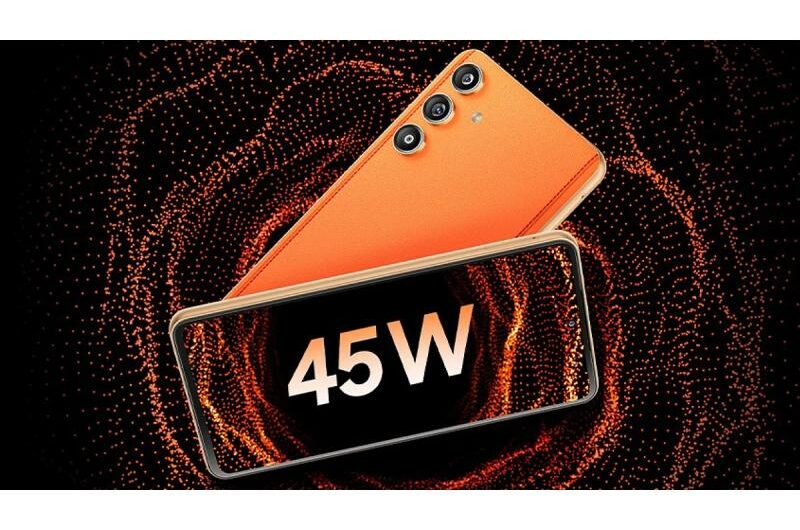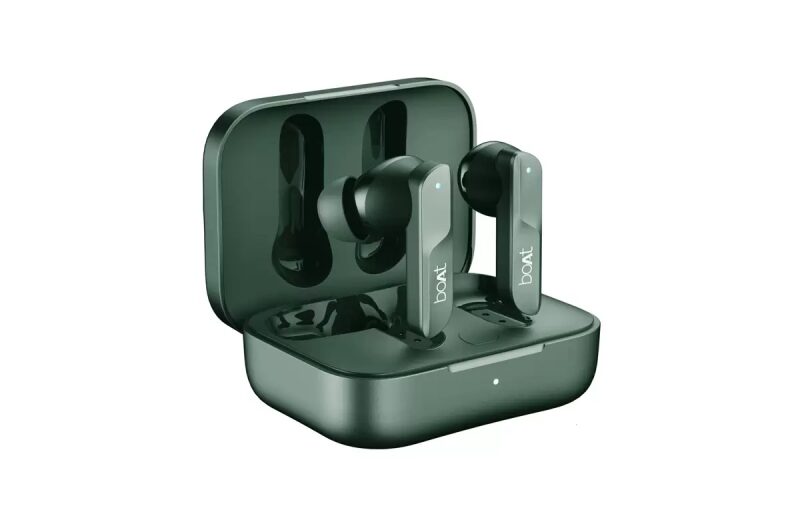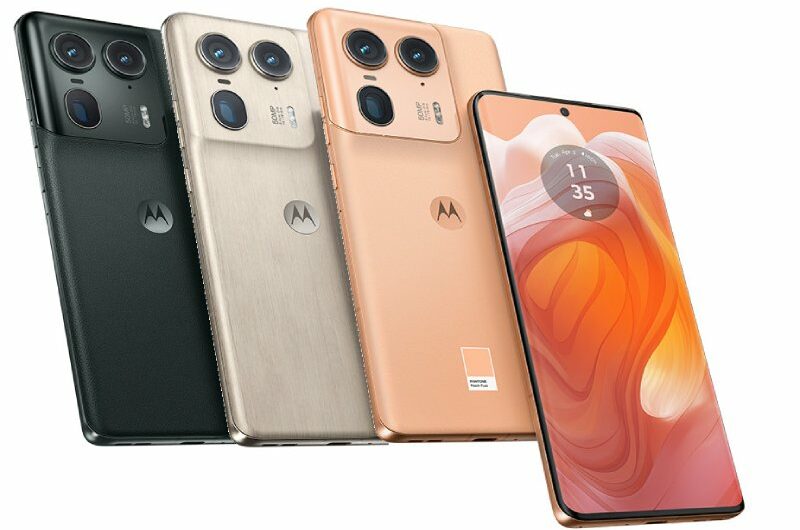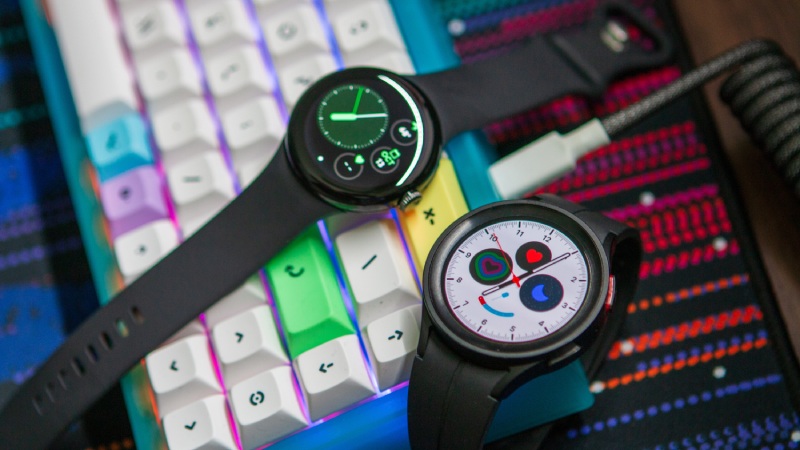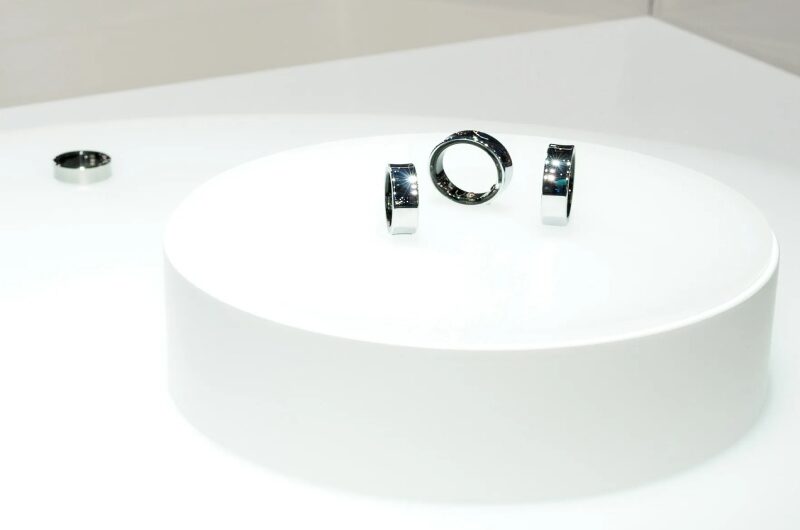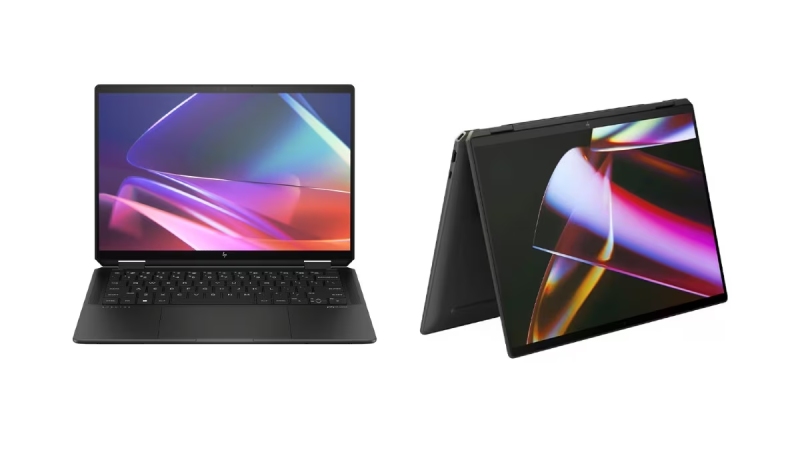The world’s first high-speed 6G prototype gadget was just unveiled by a Japanese partnership. It has the capacity to send data over 300 feet at a speed of 100 gigabits per second (Gbps). Compared to the existing 5G technology, that is a 20x improvement.
Leading telecom firms in Japan, including DOCOMO, NTT Corporation, NEC Corporation, and Fujitsu, worked together to create the prototype gadget.
On April 11, the consortium disclosed the positive test findings, revealing that the prototype device can reach speeds of 100 Gbps outdoors using the 300 GHz spectrum and 100 Gbps indoors using the 100 GHz band.
Representatives of the consortium said that these tests were run across a distance of 100 meters, or 328 feet.
Even if the speeds are very amazing, don’t have too high of hopes just yet. 6G is not a network that can be used for commerce; it was only tested in a single device. Furthermore, network technology has drawbacks of its own.
The greatest theoretical speed of 5G, the current gold standard for connection, is 10 Gbps. Real-world speeds, on the other hand, are usually substantially slower, averaging 200 megabits per second (Mbps) for US T-Mobile customers.
The higher frequency bands that 5G uses are one of the causes of these slow speeds. Higher frequencies have disadvantages even though they can result in faster speeds. They lessen the signal’s penetrating intensity and restrict how far it can go.
This is further enhanced with 6G, which use even higher frequency bands than 5G. This implies that 6G devices might have trouble receiving the frequencies required for quicker downloads.
For example, even the tests were carried out more than 328 feet (100 meters) away. Thus, obstructions such as walls and precipitation can seriously impair 6G transmissions.
While the shift from 4G to 5G concentrated on boosting data capacity for uses such as mobile surfing and video streaming, 6G networks have the potential to open up whole new worlds of possibilities.
6G’s faster speeds could make it possible to do things like have immersive virtual and mixed reality experiences and real-time holographic communication.
To be able to enjoy all of that, though, a lot more work still needs to be done. Above everything, the infrastructure. Before this technology becomes widely used, we should expect a thorough redesign of cell towers and a new generation of phones with integrated 6G antennae.
Topics #First 6G Device #Japan

